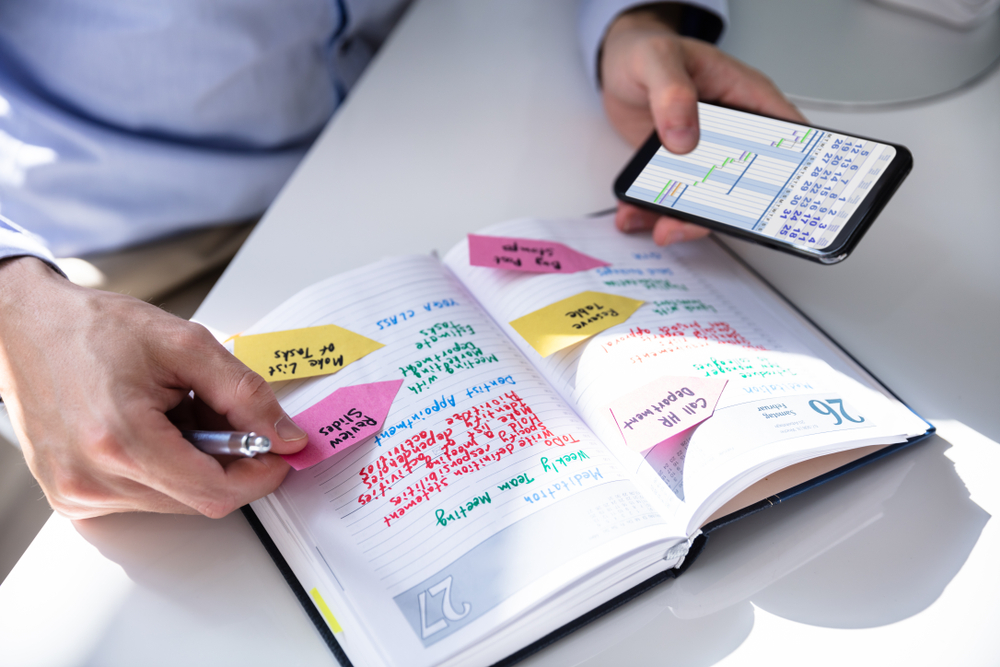
Business owners and Not-for-profit (NFP) managers often ask us whether they need social media as part of their overall communication plan. The simple answer is yes!
Combining social media with your overall communication and marketing plan is a relatively low-cost exercise with many benefits.
A key benefit is that social media platforms provide excellent data to help you plan and analyse your success.
However, as with most communications and marketing activities, there is no point taking action and spending money without the backing of a well thought out strategy.
Choosing your social media platform
Social media marketing showcases who you are and what you do, and it is also a great avenue to connect and build relationships. A platform is the mechanism to show and tell your story and grow your brand. At its most basic, it is another communication ‘channel’.
As with all communications strategies you shouldn’t start any action until you have clearly defined your audience.

Identify your audience – NFPs
Your NFP audience will be varied, ranging from individual donors, community and corporate supporters to volunteers, program recipients, your Board and staff. So, select a variety of platforms for your social media strategy.
The easiest way to identify which social media platform your key audience members use is to review their websites and search for them by name on social media.
Identify your audience – B2B
Your B2B audience is likely to have a presence on LinkedIn and Twitter, and some will also have a Facebook and LinkedIn business page.
For specific industry matters or to share your industry knowledge and information, Twitter, LinkedIn and maybe Facebook are areas to post and/or seek information.
A great way to raise your organisation’s profile in the industry is to show your professional presence and interaction on these platforms.
Follow and interact with the businesses, industry bodies and specific employees from organisations you may have identified as prospects. If you have corporate relationships with certain people within those organisations, connect with them.
Post company activities, launches and achievements, or educational editorials via your personal profile and/or business page. Ensure you tag and acknowledge your organisation or vice versa. A business page post recognising its employees will then yield further reach within that person’s network.
LinkedIn is also a great area to post articles that present you as subject matter experts in your field. You will expand the distribution of that post through your business page and when employees also share through their personal pages. Or, simply share blogs from your company website.
Identify your audience – B2C or NFP2D (NFP to Donor)
It is important for customers and donors to hear your stories. They want to know: how their funding is being used; how they can get involved as volunteers; and how they can assist by purchasing products and services or attending your events.
Facebook and Instagram are ideal platforms to reach these individuals and share insights and personality (and you can still acknowledge business pages here too).
Share pictures and videos, stories, activities, achievements and invitations to events. Acknowledge thanks and show what happens behind the scenes in your organisation. It’s an opportunity to reveal more personality.
Appeal to the emotions of supporters and those in need of your services. Show them what you can offer, what you specialise in, and how you provide support.
Addressing your audience
To tailor your content strategy for each different platform it is vital to know when and who you are talking to and what they want to hear.
Don’t simply add social media channels for no reason. It is better to do a great job on a select few than to post here and there on a dozen different platforms.
For effective posting, think about quality over quantity when you address your audience. Define your goals for each audience.

NFP goals
As an NFP, you have many competing priorities. Fortunately, all these essential factors can provide a great range of content with broad appeal.
You want your social media to:
- Raise awareness of your cause
- Promote programs
- Attract new customers/followers
- Build brand and reputation
- Tell stories – share achievements
- Educate
- Advocate
- Connect with constituents
- Fundraise
- Show gratitude
- Show your personality, your team and your expertise.
That is a lot to ask of your content. But not all of this needs to be done across all of your platforms.
Consider what messaging goes where carefully. Each time you create content, think, “would your target audience enjoy or benefit from this content?” If the answer is no, then don’t post it to that platform. It comes back to your audience segmentation across the platforms.
A piece of educational or industry content might be of great interest to professionals working within your sector. Your LinkedIn audience will appreciate this type of information more so than your Instagram followers, who prefer to know your personality and “see” what you’re about via pictures, reels, stories and videos.
And remember, a picture tells a thousand words. Consideration of your images and videos is important. SHOW your audience who you are, what you do, who you help and how.
Loading videos directly to platforms is the preferred option rather than sharing from YouTube. Also, consider captioning your videos, so people know what’s going on when their sound is off.
What do you want your audience to do?
When you’ve identified your audience you can engage them. Likes! Follows! Comments! Shares! Click-throughs – these indicate our audiences have seen our posts and are engaging with us.
Consider how you want your audience to respond and act:
- Do you seek an increase in donations?
- Do you want more volunteers?
- Do you hope they will learn from you, and share your knowledge with others?
- Do you want them to become advocates?
- Are you trying to spark an emotional connection?
Different platforms will have ways you can create calls to action. Facebook offers various buttons that make it easy for your audience to engage with you. You can set up direct buttons and instant messenger pop-ups to donate, ask questions or join your groups, such as a private communication platform for your volunteers.
Followers on Instagram may choose to share your post via their stories for others to see.
With Facebook and Instagram you can showcase any live events and activities, such as launches or performances, where your audience engages in real time. It is a great tool when your audience members are geographically dispersed but still wish to be a part of an activity you are hosting.
There does not always need to be a call to action, the goal may be to evoke some type of response or emotion. It might simply be to make your audience happy, advise them of any changes, or just acknowledge a special occasion that may resonate with your followers, such as specific nationality days.
Evaluating effective reach is important and should influence what you post and when.

Extending your reach
You know who your audience is, but you need to reach more of them.
Employees and volunteers are actually your best advocates for effective reach. Have them reach out to their networks to follow your pages and share your content – across all platforms. LinkedIn allows you to invite so many people per month from your networks to follow your page.
Use paid advertising to further the reach of your posts, and select the demographics of who you want to reach. It can be cost-effective and you decide how much you wish to spend.
Scheduling your post
Post when your audience is online.To tell when they are online, check your analytics. Testing out different times of the day to post is also a good idea – then recheck your analytics.
Consider scheduling your posts for the different platforms at different times.
You can post in real time, or schedule ahead. You may choose to use a scheduler, such as Hootsuite or Buffer. Do some free trials of these schedulers if you are not already using them. Some offer not-for-profit rates. Business Suite across Facebook and Instagram is also quite user friendly, but check out any limitations. Can you post more than one image to your Instagram from the schedule?. If you are posting the same content across multiple platforms, will your images still fit correctly or tags work across both?
You will need time to try out platforms and schedules to see what works for your organisation. If the process sounds time-consuming and complicated, consider engaging a professional communications company to develop targeted social media content and a strategy to try out different options.
Plan, plan and plan again
Have a content calendar. It might be as simple as a monthly calendar where you attach sticky notes of your proposed content.
Plan content around your events, your industry days or just special seasonal days that will resonate with your audiences. The ability to look forward and research your content, accompanying visuals and even your hashtags will save you any angst and overwhelm about ‘not having content’ ready to go.

When choosing the right social media to reach your audiences, reflect on the who, the how, the what, and the when. Ultimately though, it comes back to – who is your audience and which platform are they on.
Then where you show and tell your content (and how) will flow on from there.
Happy posting!
If you would like assistance integrating effective social media strategies into your communications and marketing plan, get in touch with Infodec Communications today.
